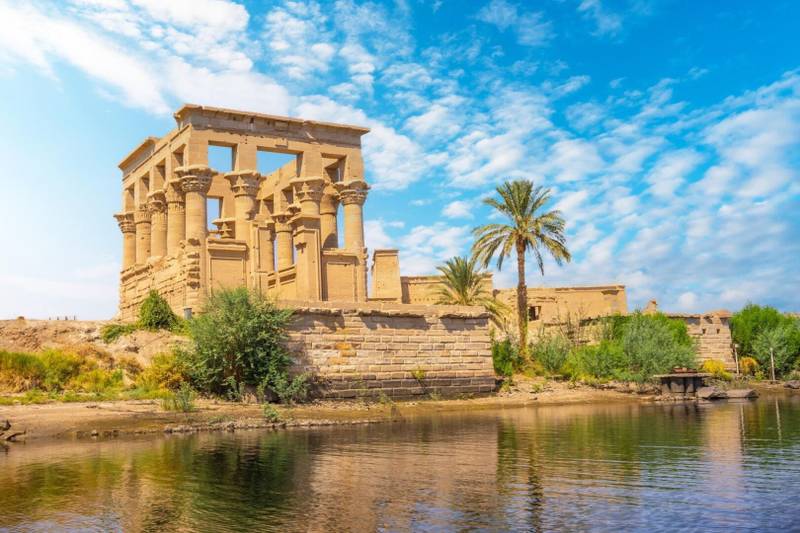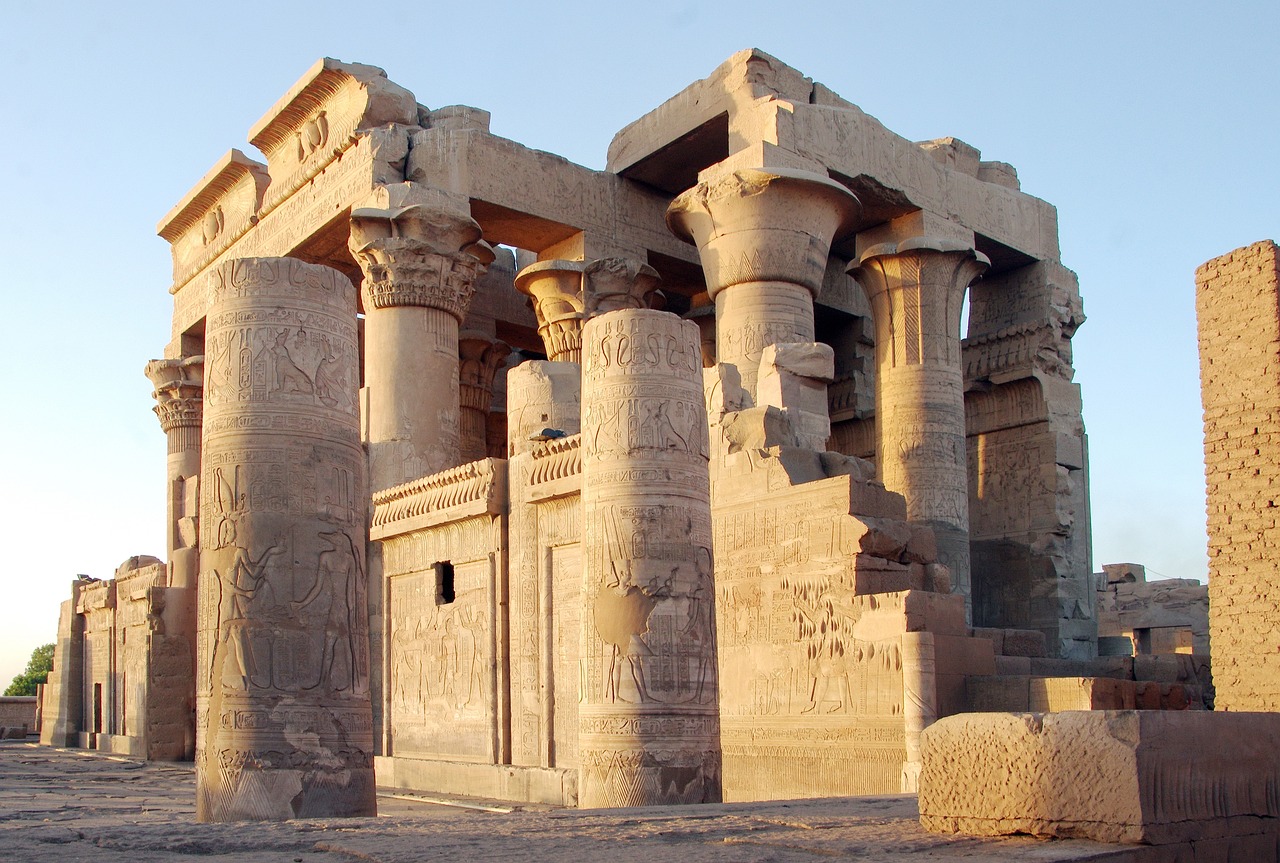Discover Egypt’s rich heritage on this 3-day journey from Hurghada. Explore the stunning Dendera and Abydos Temples, then spend a full day in Luxor visiting the Valley of the Kings, Karnak Temple, Luxor Temple, Hatshepsut Temple, and the Colossi of Memnon. Complete the experience with visits to the iconic temples of Edfu and Kom Ombo. Enjoy scenic drives, fascinating history, and memorable sights before returning to Hurghada.
3 Days trip to Dendera , luxor ,Edfu and Kom Ombo From Hurghada
- 3 Days
- Pricing Varies by Individual, Couple, or Group
Adult
Child
Description
Duration
3 Days
Group Size
8
Language
All
Highlights
- Valley of the Kings (including optional entry to Tutankhamun’s Tomb)
- Temple of Hatshepsut at Deir el-Bahari
- Colossi of Memnon
- karnak Temple
- overnight in luxor
- private transfer
- private tour guide
- Dendera Temple
- Abydos Temple
- Edfu Temple
- Kom Ombo Temple
Included
- Air-Conditioned Transportation
- Professional Egyptologist Guide
- Entrance Fees
- Lunch at a Local Restaurant.
- Bottled Water During the Tour.
- WiFi in the Car
Excluded
- Personal Expenses
- Gratuities for the Guide and Driver
- The Drinks in the Restaurant
Maps
Frequently Asked Questions
1 / What is included in the 3-day trip package?
The package typically includes transportation from Hurghada, accommodation in Luxor, guided tours of Dendera, Luxor Temple, Karnak Temple, Edfu Temple, and Kom Ombo Temple, as well as some meals.
2 / What should I bring for the trip?
It’s recommended to bring comfortable clothing and shoes, a hat, sunscreen, a reusable water bottle, and a camera. A small daypack can be useful for carrying essentials.
3 / Are entrance fees to the temples included?
Most packages include entry fees to major sites like Dendera, Luxor, and Edfu Temples. However, some specific tombs in the Valley of the Kings may require additional fees.
4 / How long is the drive from Hurghada to Luxor?
From 200,00 $
Book This Tour
Contact Information
Have a question in mind
Looking for more info? Send a question to the tour agent to find out more.
You might also like
With Egypt Tour Magic, your trip is always safe and truly memorable . If you love travel, you are in the right place!



















